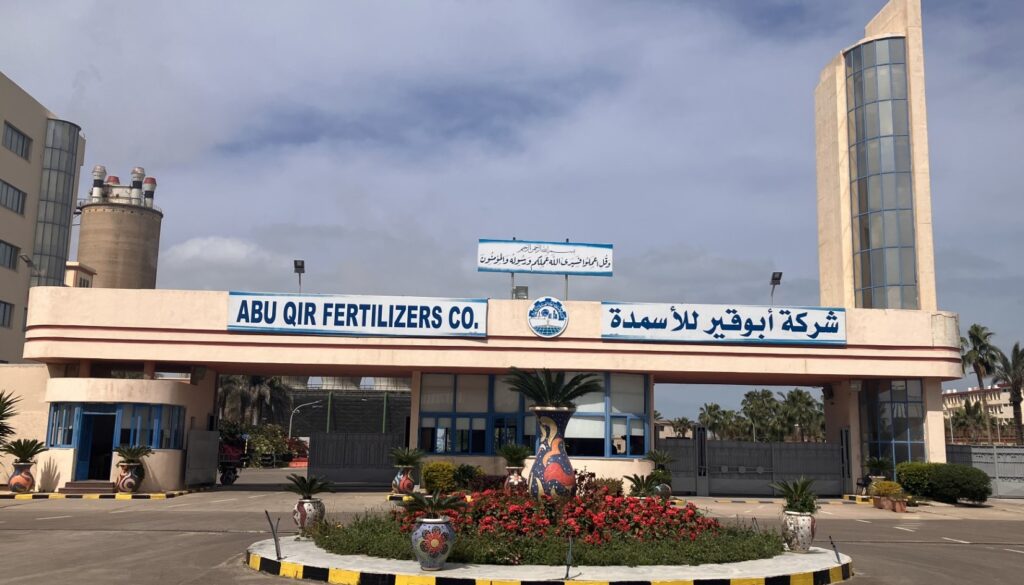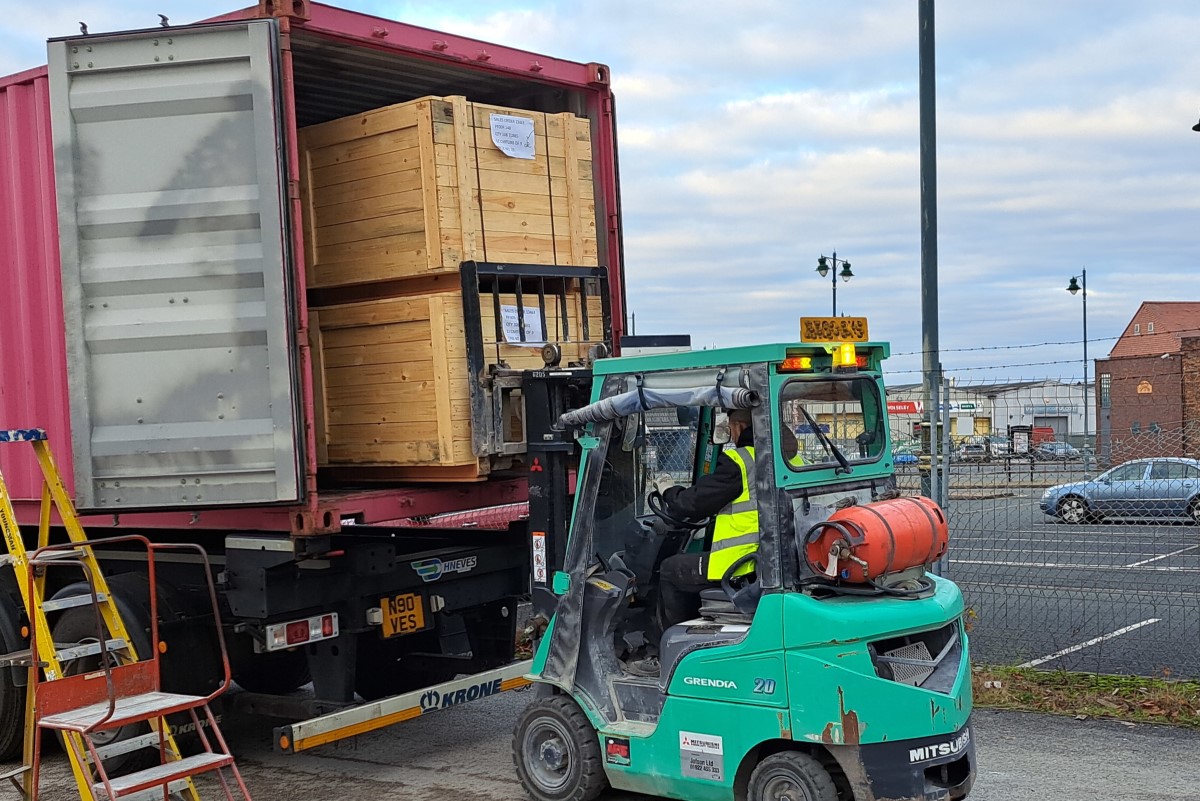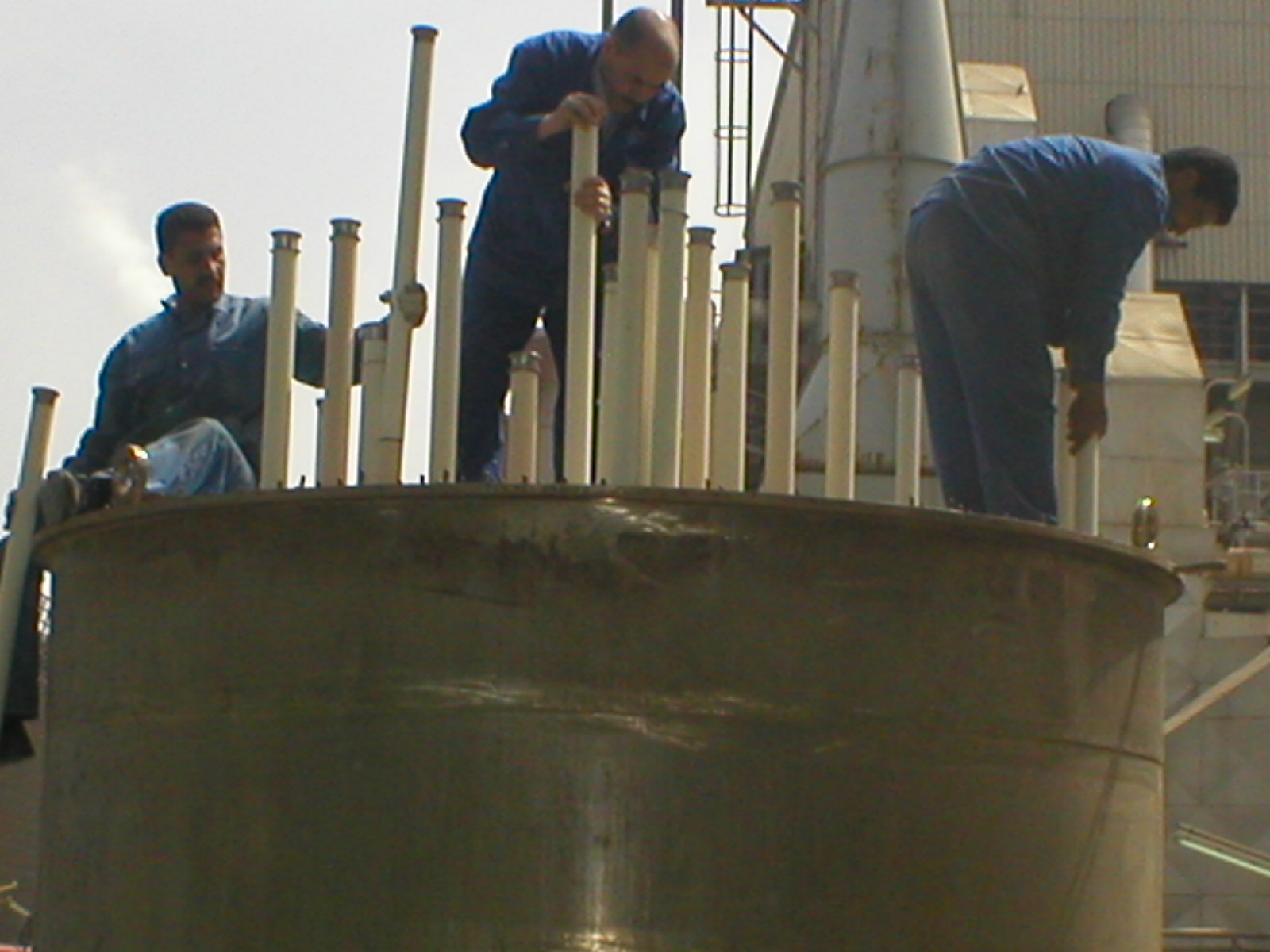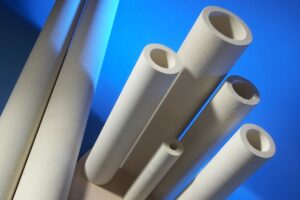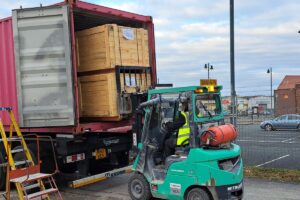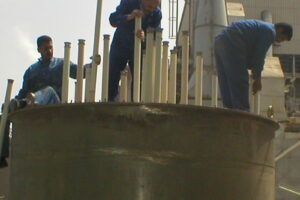Record fertilizer industry order – successfully shipped to Egypt!
Yesterday, we shipped a record fertilizer industry order for our specialist ceramic filtration tubes. The contract, valued at over £230,000, was signed with Abu Qir Fertilizers & Chemical Industries, the largest producer of nitrogen fertilizers in Egypt, with around 50% of its home market, and recognized as one of the most important players in the region.
Our sales director, Mark Berrisford, said: “I accompanied managing director, Andy Clark, on a visit to the Abu Qir facilities near Alexandria on the Mediterranean coast earlier this year. Successful negotiations since that time led to this record order for us in the international fertilizer industry.
“Egypt is strategically important, located close to major fertilizer user markets, and Abu Qir is a leading producer with ambitious expansion plans. We’re proud to be working alongside the company’s management and technical teams to achieve a successful gas filter installation. Mantec has been a key supplier of filtration tubes in this industry for many years, and we were able to make a compelling case to gain this substantial contract. The process in question relies heavily on the unique advantages offered by porous ceramic technology, where we believe we offer unrivalled expertise.”
The order, secured against international competition, comprised several thousand filters of differing lengths, all of which had to be manufactured and shipped in a 12-week timeslot. Each ceramic tube had to be produced to extremely tight dimensional tolerances to enable ease of assembly and to ensure operational effectiveness. The extensive Abu Qir factory complex is both ISO 9001 and ISO 14001 certified, meaning that only suppliers with the strongest credentials could be considered.
In facilities such as that operated by Abu Qir, ammonia is used for the production of ammonium sulphate, ammonium phosphate, ammonium nitrate, and urea. Ammonium nitrate is produced from gaseous ammonia and aqueous nitric acid in an exothermic reaction. Precise control of the reaction process is critical in order to maintain satisfactory production yields. Any contamination of the catalyst results in a significant downturn in production.
Part of the production of nitric acid for use in fertilizers involves the mixing of ammonia gas with air. This mixed gas is then fed into the NH3 oxidation reactor. The filtering of the mixed gas is therefore of critical importance, as any particulates carried downstream could result in expensive failure within the reactor.
Before the gas is fed into the reactor, it is passed through the mixed gas filter vessel, into which our ceramic filtration tubes are installed. Ceramics are used due to their ability to function in hot and aggressive environments. The gas mixture is around 10% ammonia to 90% air, and typical flow rates through such a vessel would be 240m³/hr at 230°C.
These filter vessels typically contain 900 to 1000 filter assemblies. The tube assembly includes a ceramic tube or tubes, a head piece, a blanking plate, and a tie rod, usually constructed from stainless steel. The preassembled tubes are then suspended through a perforated plate in the top of the vessel.
Filtration of the mixed gases through our porous ceramic tubes leaves them free from particulates, which would otherwise be detrimental to the downstream catalyst. This means that efficient production is successfully maintained.
The managing director of Abu Qir, Abed Ezz El-Rijal, emphasised just recently the leading role that the company plays not only in the field of nitrogen fertilizers, but to achieving growth for the local fertilizer industry and contributing added value to the Egyptian economy, efforts that always require keeping pace with continuous modernization and development. “The Mantec team is particularly pleased to have been able to collaborate with Abu Qir in pursuit of these progressive objectives,” added Mark Berrisford, “and we look forward to working with them again very soon.”

